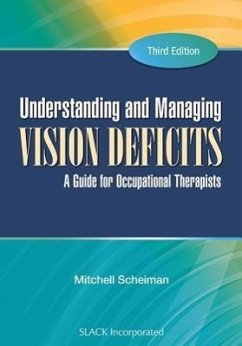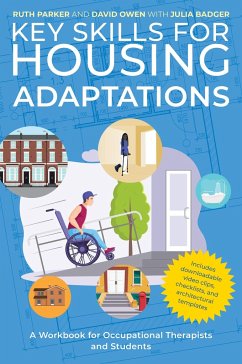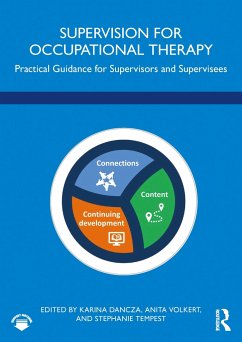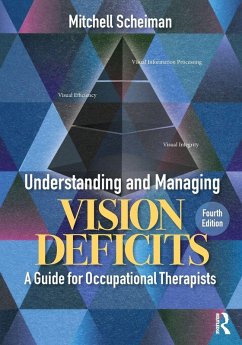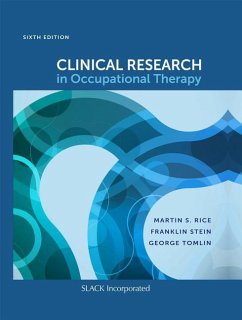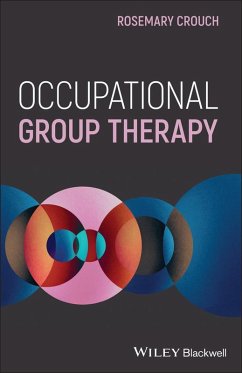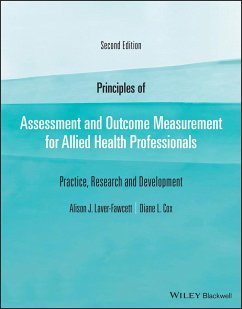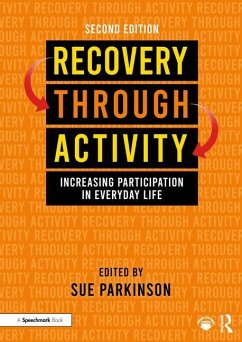
Seating and Wheeled Mobility
A Clinical Resource Guide
Herausgeber: Lange, Michelle L; Minkel, Jean L
Versandkostenfrei!
Versandfertig in über 4 Wochen
93,99 €
inkl. MwSt.

PAYBACK Punkte
47 °P sammeln!
Fully revised and updated in its second edition, this book presents clinical assessment considerations when working with a person with a disability who may need wheelchair seating for postural support and to protect skin integrity, or a wheelchair base to best meet dependent or independent mobility needs.



